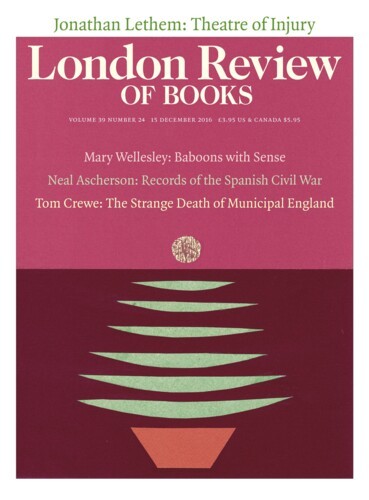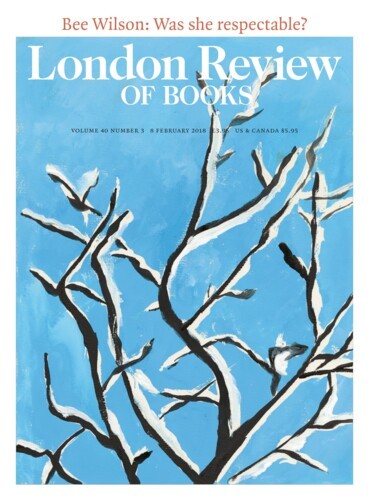I have nothing to say and I am saying it: John Cage’s Diary
Philip Clark, 15 December 2016
By 1963, John Cage had become an unlikely celebrity. Anyone who knew anything about music – who had perhaps followed the perplexed reviews in the New York Times – could tell you how he had managed to transform the piano into a one-man percussion ensemble by wedging nails, bolts and erasers between its strings; or how he had – ‘and you’re never gonna believe...



